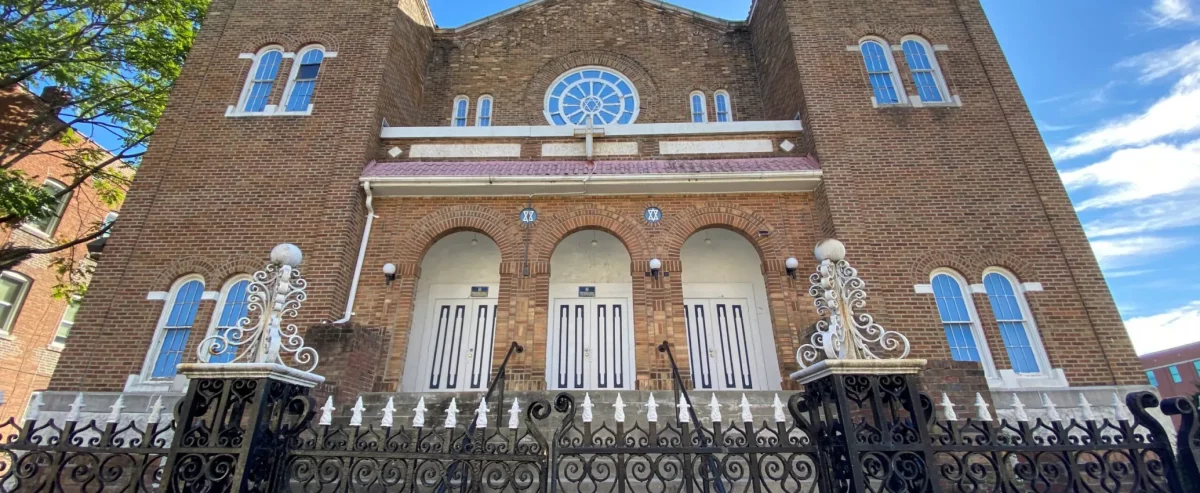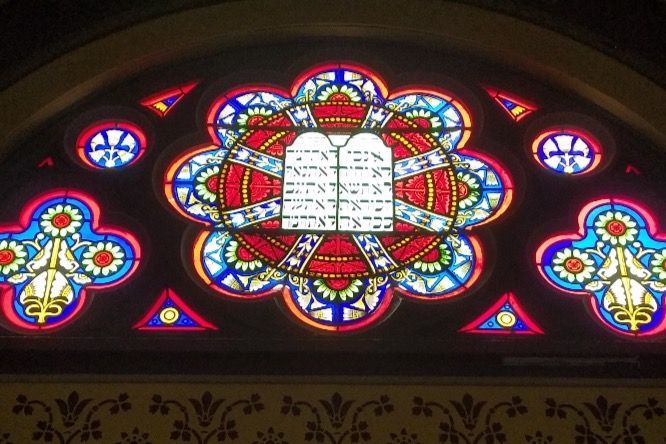The Jewish Historical Society of Greater Hartford will host an illustrated lecture on local landmarks of Jewish history on Thursday evening, November 17, at the Mandell Jewish Community Center, 333 Bloomfield Avenue, West Hartford.
The talk, entitled “Building Jewish Hartford,” will be presented by award-winning author and architectural historian Mary M. Donohue. Register here. Tickets cost $10 for Historical Society members, $15 for non-members.
From the Society.
Beginning in the 1870s, members of Hartford’s Jewish community became players in the city’s white-hot real estate market. Jewish real estate brokers, architects, builders, and their clients all contributed to the rapid growth of Hartford and West Hartford. Jewish owners built landmark buildings like G. Fox & Co., Temple Beth Israel, and the Lyric Theater as well as small apartment buildings and residences. Jewish architectural firms such as Berenson & Moses designed dozens of ‘triple-deckers,’ ‘perfect six’ apartment houses, stores, and much more.





